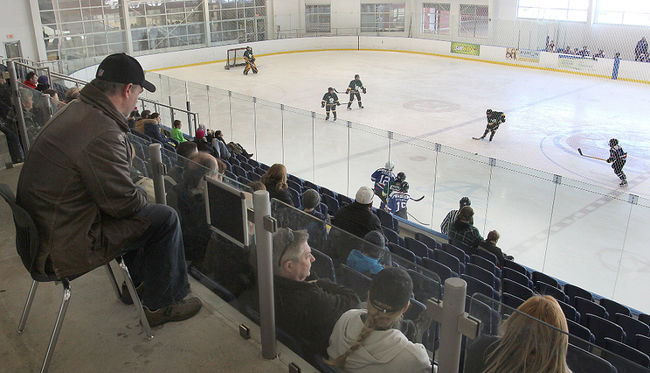

Actions, decisions on the ice are tougher than they appear


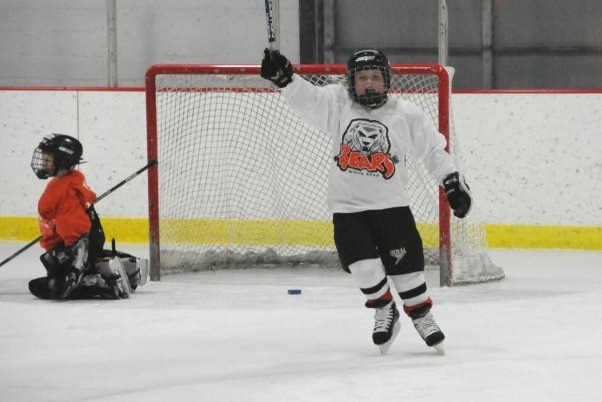

Hockey passion is fueled by fun, not force
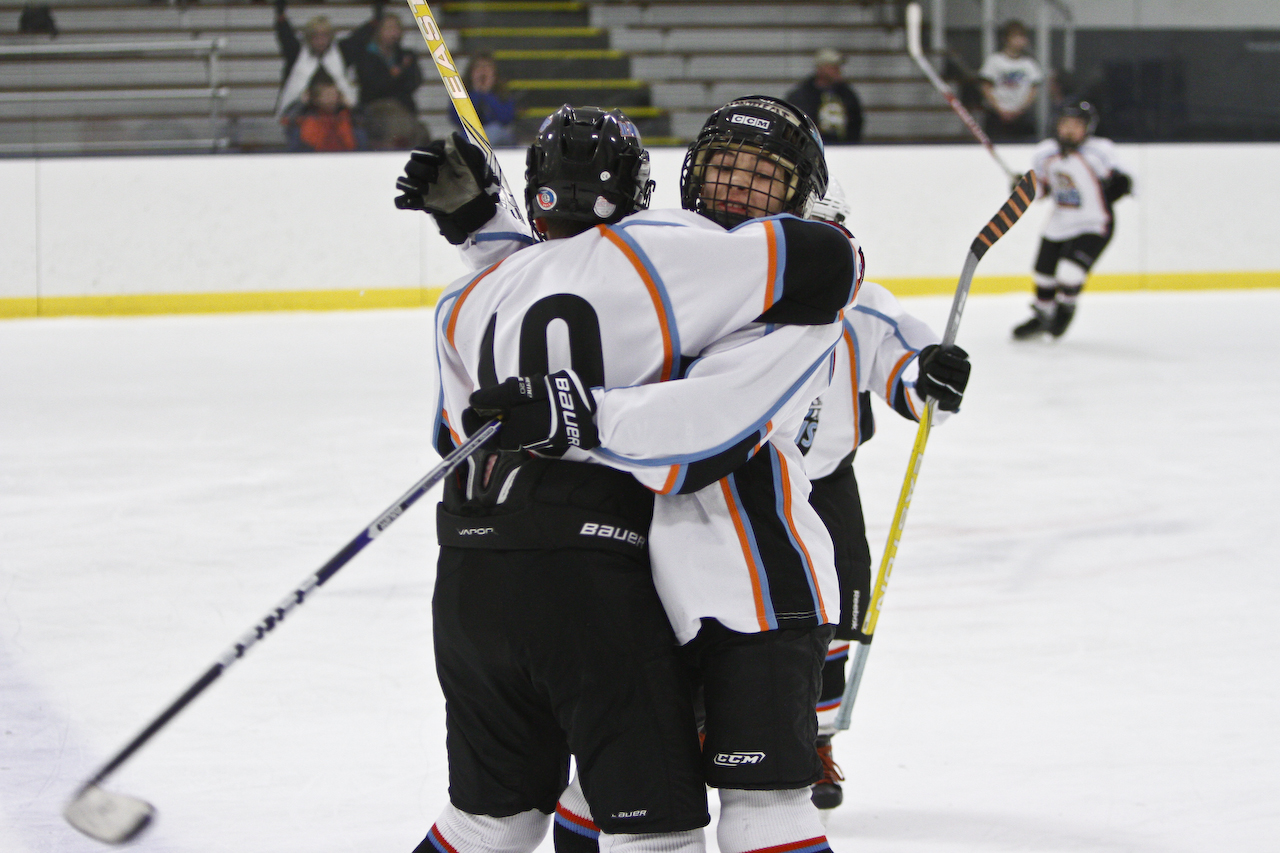

Using statistics to improve performance
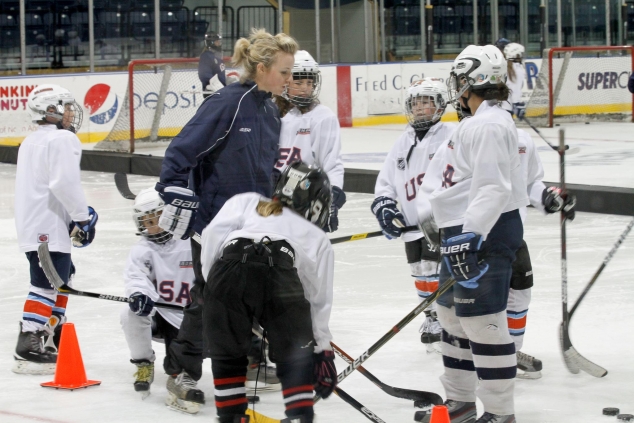

Great coaches can have a transformational effect on players
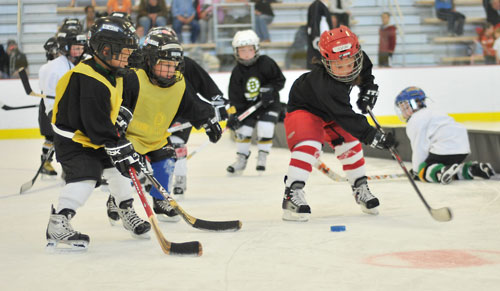
Fostering fun and creativity in our players should be the goal